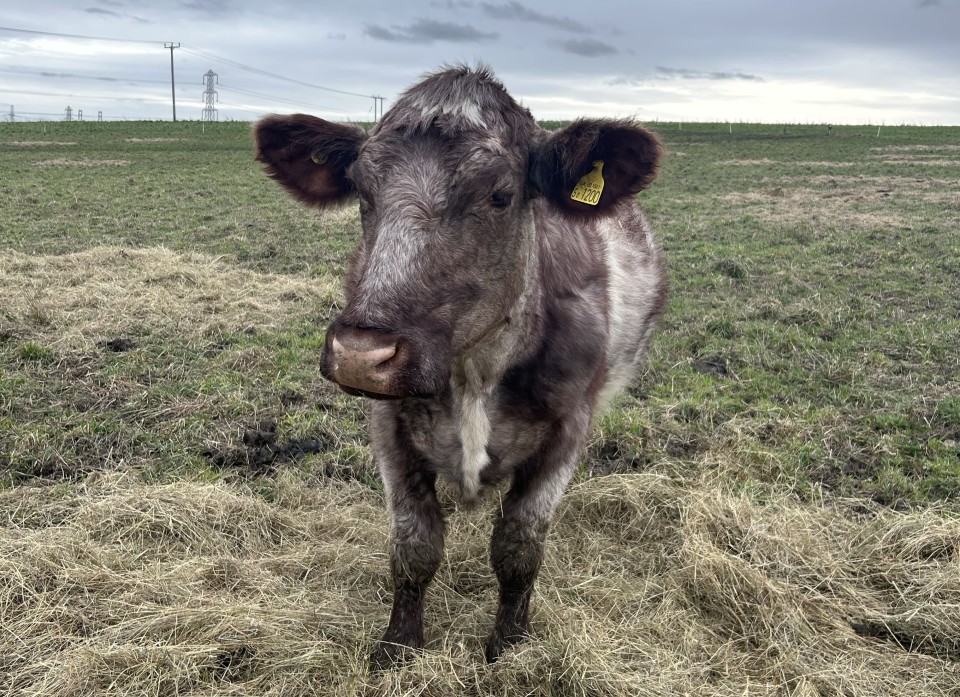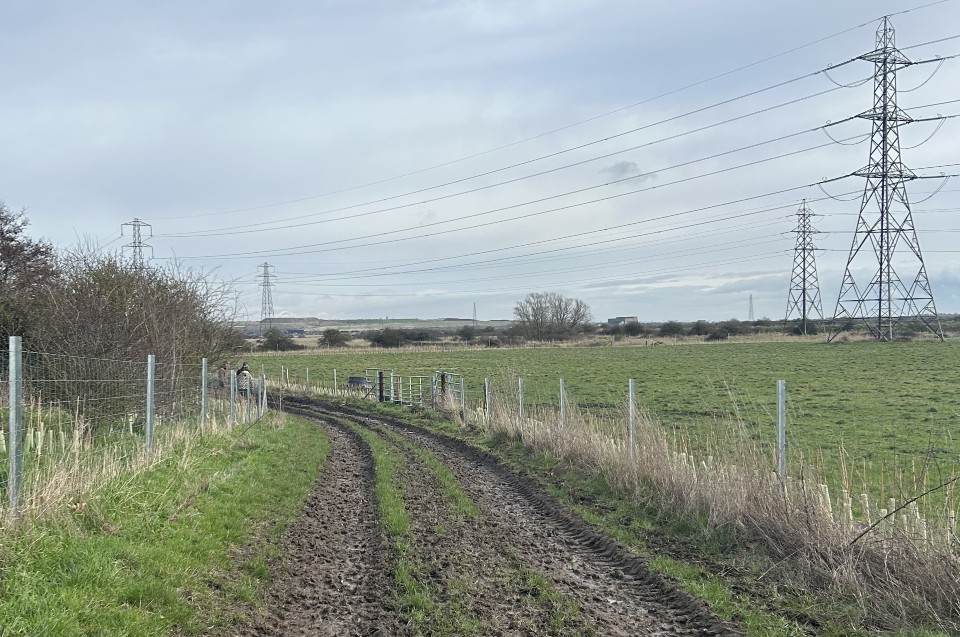Curtis Farm
Essex farm increases biodiversity by restoring natural farming processes with help from Lower Thames Crossing
National Highways has funded the 'wild seam' rewilding project at Curtis Farm in Fobbing ensuring long-term sustainability.
Over the past few years, Curtis Farm’s owner George has been practicing agroecological farming; a form of sustainable farming that works with nature on his 485-hectare livestock farm. As part of this, the Lower Thames Crossing Designated Funds has funded the wild seam project, which aims to reduce human influence on ecosystems to increase sustainability and biodiversity.
The farm’s beef cattle breeds, British Short Horn and Red Polls are the most important part of this project and are a vital tool to revitalise the soil. Cattle are ruminants, meaning when they eat grass or fruit, their waste (dung) helps to revitalise the soil attracting many species of Dung beetle, a crucial part of building ecosystems.

What is rewilding?
It’s the large-scale renewal of nature and natural processes until it can take care of itself and us again. It encourages a balance between people and the rest of nature so that we thrive together. Rewilding seeks to reinstate natural processes and, where appropriate, missing species – allowing them to shape the landscape and the habitats within.
It involves providing connectivity for nature by planting native hedgerows, digging ponds, and letting unused areas grow wild again. This provides homes for a variety of wildlife, from small mammals like voles and field mice, to larger birds of prey, which are attracted by these new habitats. A key aspect of rewilding is managed grazing in the orchards and grass areas, where fences are used to control where the animals graze.

What has been funded by National Highways?
- Rewilding of 20 hectares of farm
- Fencing allowing for controlled grazing to be introduced
- Around 4000 metres of hedgerow planting and natural scrub
3.4 hectares of traditional orchard heritage trees- which provides food for cattle, helping to naturally spread the seed - Six new ponds and bunds made from the excavated soil helping connectivity
Looking ahead at Curtis Farm
As environmental concerns continue to grow, initiatives like Curtis Farm's rewilding project are an inspiring example of how farms can play a crucial role in conserving nature while producing food.
Through innovation and conservation, Curtis Farm is proving that agriculture and biodiversity can flourish together, offering hope for a greener future.
